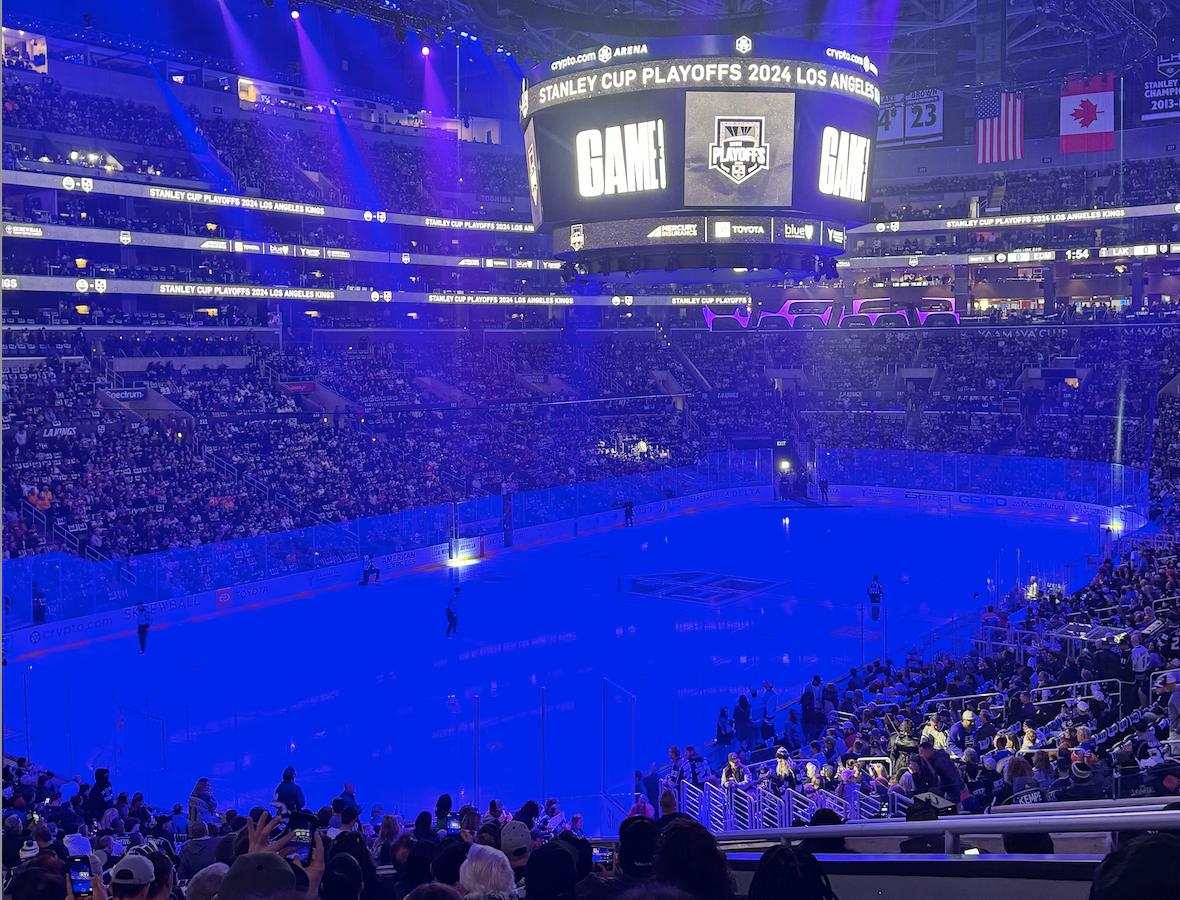Drafting for Need at No. 16

At this point we still don’t know whether the Edmonton Oilers will be drafting at No. 16 or whether they will deal the pick to another NHL team for immediate help, with the most likely target in such a deal being a defenceman.
What they absolutely shouldn’t do is draft for need.
People like me tend to sound like a broken record at this time of year when we repeat over and over the clichéd advice to take the best player available. There’s a reason for that: It’s because other people say over and over that Team X “really needs a defenceman” or “must land some size up front”.
This continues to happen in Edmonton, despite a rich recent history of the team doing this and it not working out.

If we look at the Oilers’ successful first-round picks (outside the top-10, since we’re talking about the No. 16 selection) since 2000 the list looks something like this:
- 2001: No. 13 Ales Hemsky (748 games, 526 points)
- 2004: No. 14 Devan Dubnyk (231 games, 0.914 save percentage)
- 2005: No. 25 Andrew Cogliano (622 games, 266 points)
- 2008: No. 22 Jordan Eberle (356 games, 284 points)
Hmm. Three small forwards. The only draft-for-need I see on this list is goaltender Devan Dubnyk (we might also count Oscar Klefbom, though it’s still a little early at this point).
But what if we look at the worst Oilers selections over this same span?
- 2000: No. 17 Alexei Mikhnov (big power forward, two NHL games)
- 2002: No. 15 Jesse Niinimaki (big centre, reach pick, zero NHL games)
- 2003: No. 22 Marc Pouliot (traded down from small Zach Parise to get bigger centre, 192 NHL games)
- 2004: No. 25 Rob Schremp (small, skilled centre, 114 NHL games)
- 2007: No. 15 Alex Plante (big defenceman, 10 NHL games)
Notice anything peculiar about this second list? I count three big forwards, all taken during a time when the Oilers were looking to add size with skill to the lineup, as well as a massive defenceman who followed the “draft a forward, then a defencemen” approach the team often employs. The only non-need guy on the list is Rob Schremp.
For most of the last 15 years, the Oilers have done really well when they’ve bit the bullet and taken the best guy on their list without worrying too hard about team need. Also for most of the last 15 years, the Oilers have done really badly when they’ve gone to the draft with a specific type of player in mind and grabbed that guy whether he was at the top of the list or not (Jesse Niinimaki remains the most stunning reach pick on this list; the Mitch Moroz second-round selection in 2012 isn’t even in the ballpark, really).
The shorthand for all this is pretty straight-forward. The draft is the time to maximize NHL talent acquired. It’s then up to the general manager to take that talent and trade pieces of it away to form the best possible team. A ruthless G.M. – and the best ones have the ability to ignore sentiment and make the hard calls – can trade Jordan Eberle for a 50-point 6’3” winger any time he likes. It’s especially true if his scouting department has given him two or three Eberles and a few less Plantes and Pouliots.
The lesson here is: At No. 16, draft the guy who is going to play. If Nick Merkley sits above Paul Bittner on the draft list and both guys are there, don’t get blinded by 6’4” and make a rash decision. Team need is for down the road; the draft is about acquiring the most possible talent.
RECENTLY BY JONATHAN WILLIS
- The Oilers and the $71.4 million salary cap
- The Lying Time
- Todd McLellan’s coaching staff likely to be assembled before Friday
- Peter Chiarelli and the amateur scouts
- Ottawa wants to unload a contract in a goalie trade
- Should the Oilers re-sign Richard Bachman?
- Evaluating Edmonton’s internal defence options
- Twelve potential Edmonton Oilers starting goalies
- Follow Jonathan Willis on Twitter
Recent articles from Jonathan Willis





